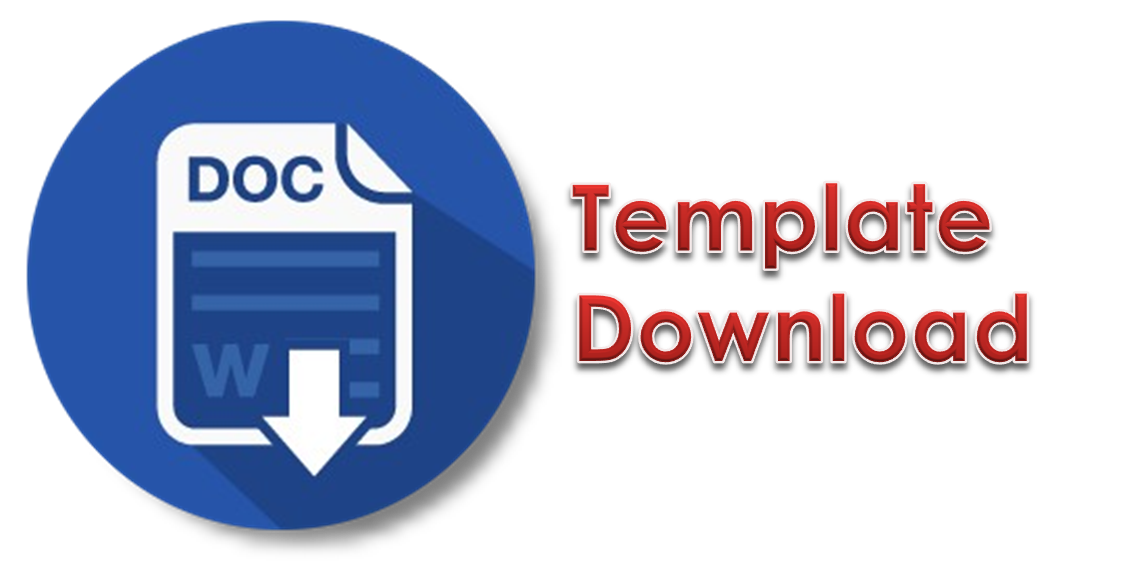TRANSFORMASI BISNIS TEMPO MEDIA GROUP MENUJU KONVERGENSI MEDIA
DOI:
https://doi.org/10.31315/jurnaladmbisnis.v18i1.10448Abstract
The media industry revolution is quite large and the results are already visible. Some newspaper and magazine publishers eventually closed and stopped production, while others still survived by preparing a new strategy of migrating publishing platforms to digital space, because the use of internet technology so rapidly and become a new culture. Tempo Media Group has made several changes in its business strategy. This study aims to describe the steps taken by Tempo Media Group in carrying out its business transformation towards media convergence during 2012-2015. This study uses descriptive qualitative methods to find out in depth how Tempo Media Group's management strategy in developing Tempo.co online media. The results showed that Tempo Media Group used a strategy by transforming into digital media and by continuing to maximize revenue from the print media business. The steps taken include improving the appearance of the Tempo.co site and strengthening the content. This convergence strategy must be accompanied by changes in behavior of all corporate entities. Being adaptive, observing each change intelligently, is a prerequisite for winning competition in the current era of digital media. Company management must to maintain a commitment to the values of independence, professionalism, and integrity in reporting news.References
Baran, S.J., & Davis, D.K. 2010. Teori Komunikasi Dasar: Dasar Pergolakan, dan Masa Depan. Edisi kelima. Jakarta: Salemba Humanika.
Gluek, W.F.,& Jauch, L.R. 1991. Manajemen Strategi dan Kebijakan Perusahaan. Jakarta: PT. Gelora Aksara Pratama.
Grant A. E., & Wilkinson, J.S 2009. Understanding Media Convergence: The State of The Field. NY: Oxford University Press.
Grant, R.M. 1997. Contemporary Strategy Analysis. Edisi Kedua. Blackwell Publisher Inc.
http://www.nielsen.com/id/en/press- room/2015/Nielsen-Program-Hiburan-dan- Serial-Paling-Banyak-Menyerap-Belanja- Iklan-TV.html , diakses pada tanggal 9 Juni 2017 jam 21:50.
https://korporat.tempo.co/, diakses pada tanggal 9 Juni 2017 jam 21:30.
https://www.tempo.co/, diakses pada tanggal 9 Juni 2017 jam 22:15. http://republikpos.com/2016/01/tempo-hari- ini-dan-sejarahnya, diakses pada tanggal 10 Juni 2017 jam 17:05 WIB. https://wearesocial.com, diakses pada tanggal 9 Juni 2017 jam 21:20
http://wolipop.detik.com/read/2016/10/19/18 4850/3324740/860/survei-nielsen-hanya-9- remaja-indonesia-yang-masih-baca-media- cetak, diakses pada tanggal 9 Juni 2017 jam 21:37.
McLuhan, M. 2002. Understanding Media, the Extension of Man. Edisi pertama. London: Routledge Classics.
Morissan, M.A. 2010. Periklanan: Komunikasi Pemasaran Terpadu. Jakarta: Kencana Prenada Media Group.
Noor, H.F. 2010. Ekonomi Media. Jakarta: Rajawali Pers.
Pacey, A. 2000. The Culture of Technology. Edisi kesembilan. Massachussets: The MIT Press Cambridge.
Straubhaar, J, Larose, R., & Davenport, L. 2009. Media Now: Understanding Media, Culture, and technology. Edisi keenam. USA: Wadsworth.
Sugiyono. 2008. Memahami Penelitian Kualitatif. Bandung: CV Alfabeta
Wikan, A. 2009. Masa Depan Pers Indonesia: Tantangan Ekonomi, Politik, dan Teknologi. Jakarta: SPS Pusat dan Friedrich Ebert Stiftung.







